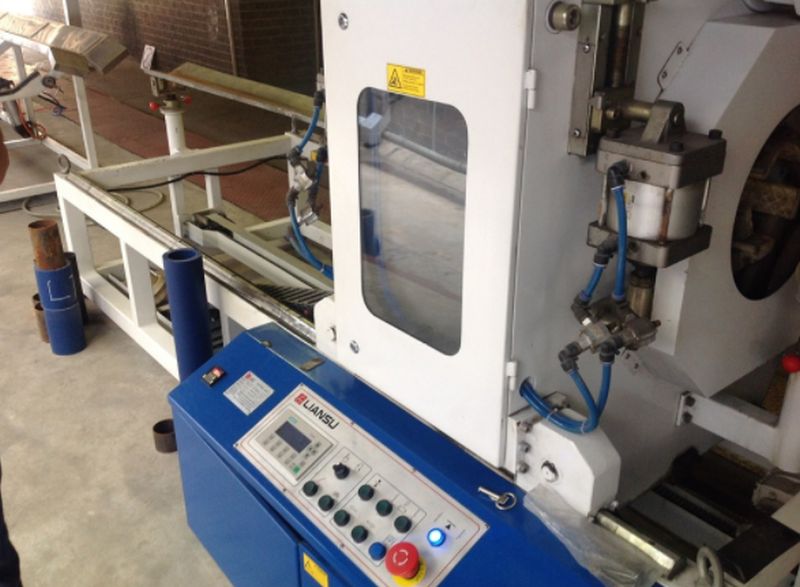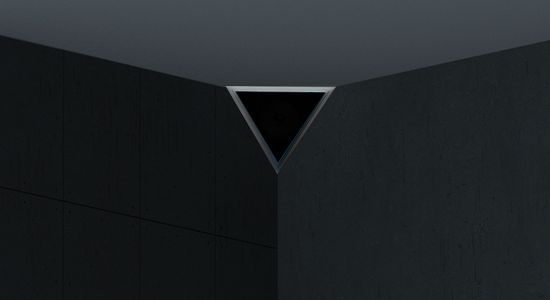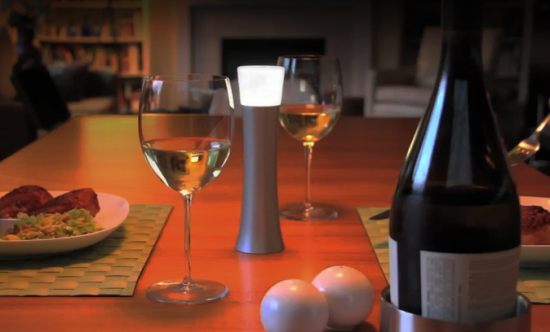Extrusion is the method used to shape objects out of resistant and brittle materials. Aluminium extrusions are standard in the building industry. In fact, extrusion products are applied to buildings ranging in size from the smallest outhouse to the tallest highrise. Keep reading and find out more about the process itself and its usefulness.
What Components Can Be Extruded?
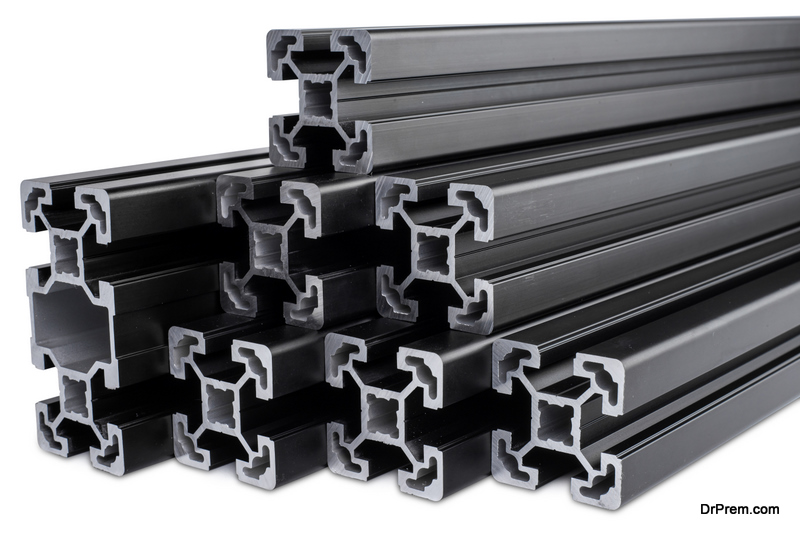 Several components can be extruded, and most of them apply to construction. This process can shape objects made of concrete, plastic and asphalt, as well as many other materials too numerous to mention here.
Several components can be extruded, and most of them apply to construction. This process can shape objects made of concrete, plastic and asphalt, as well as many other materials too numerous to mention here.
However, even food can be extruded. Do you remember your morning cereals, all with the same shape? Thank extrusion for that. Extruded products are also commonly used in decoration objects.
Extrusion and Interior Decoration
Extrusion products can also make your home or office more beautiful. It can add transparency indoors with extruded polycarbonate. There are also several decoration objects and furniture made of extruded materials.
The Five Processes
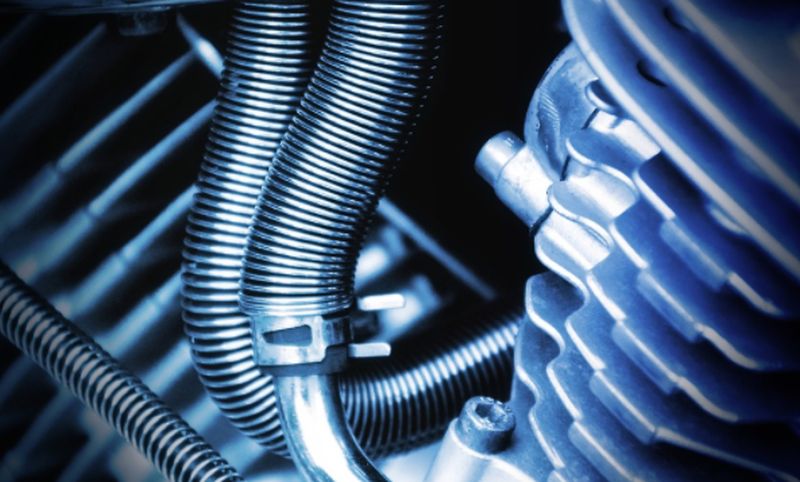 There are in the main five processes for extruding objects. Each one is better for specific materials and purpose. Read the details below.
There are in the main five processes for extruding objects. Each one is better for specific materials and purpose. Read the details below.
Hot Extrusion
In this process, the material is manipulated in temperatures above its recrystallization point. This temperature should be enough to prevent the component from hardening again. Typically, this method employs hydraulic presses. The machinery necessary for the task is quite expensive, though. Yet, the process becomes more cost-effective when done on large scales.
Cold Extrusion
This method works the components at room temperature. It has a few advantages over the previous form. For instance, it implies less oxidation, a smoother surface finish, and more strength. Components that are usually extruded include copper, aluminium, tin, lead, and more. This process is applied to items like fire extinguisher cases, gear blanks, and shock absorbent cylinders.
Warm Extrusion
This method is somewhere between the other two mentioned above, as the name suggests. Here, the component is heated up below the recrystallization level but way above room temperature. It was patented in 1956 in the United States. It’s a very effective process for shaping both ferrous and non-ferrous alloys. Products made from warm extrusion include mining equipment, gas transport, and structural applications.
Friction Extrusion
This is a pretty recent method, patented by The Welding Institute in the UK in 1991. It’s perfect for creating homogeneous microstructures in metallic composite materials. It’s a cost-effective process since it doesn’t require pre-heating the material to be extruded. It’s crucial in the consolidation of rods, wires, tubes, and other metal products.
Microextrusion
Almost as new as the friction method, the microextrusion was invented in 1990 in the United States. This technology is commonly applied to implantable medical devices or drug release devices. However, the final product here must fit through a 1mm square. Microforming is a highly complicated process. Additionally, it requires sophisticated and accurate machinery.
Conclusion
The technology of shaping hard components into tools and hardware is essential for any industry nowadays. Extruded products allow not only heavy constructions but also make for delicate interior designs. The still-developing method of microextrusion can save millions of lives if applied to medical devices.
Article Submitted By Community Writer


